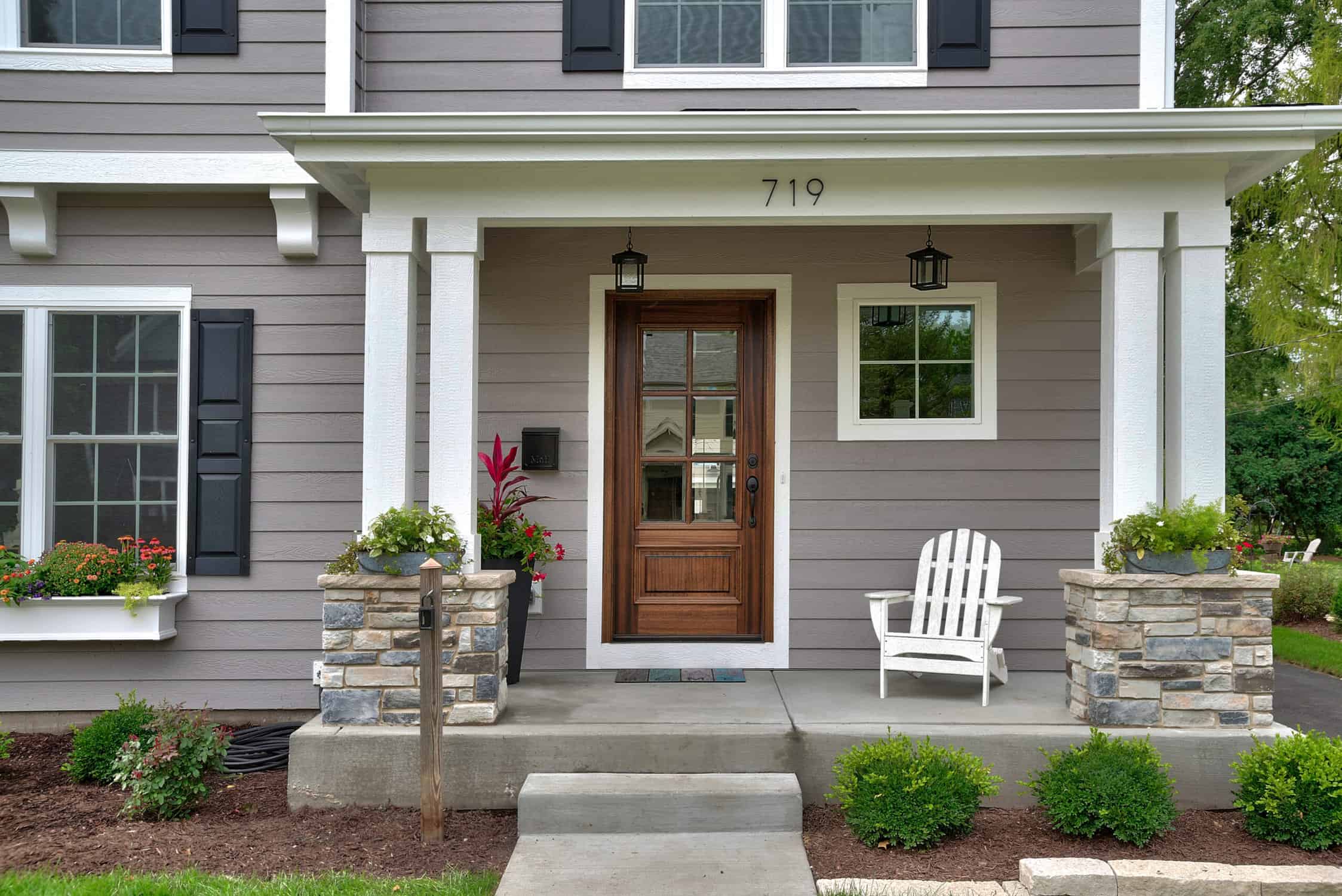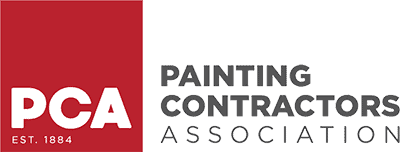Exterior painting cost isn’t just about labor and paint. It depends on surface type—wood, stucco, brick, vinyl, fiber cement—all of which require different prep, primers, tools, and paint systems. Costs can range widely. A 2,000 ft² wood house with rot costs far more than a clean vinyl home.
Knowing typical costs and project needs helps you budget, choose contractors wisely, and avoid surprises.
This guide—using real case studies—breaks down expenses by surface type and condition. You’ll understand what affects cost: prep complexity, material choice, labor hours, and local climate. In each section, you’ll find:
-
A real-world painting project overview
-
Scope of work and prep needed
-
Detailed cost breakdown
-
Recommended premium products
Use these studies to estimate your painting cost. Then, request detailed quotes tailored to your home. Ready to dive in? Let’s start by understanding key cost drivers.
Key Factors Influencing Exterior Painting Costs
Surface Condition and Preparation Needs
The closer your surface is to a pristine state, the cheaper painting cost becomes. But when peeling paint, wood rot, mildew, or cracks are present, expect significant increases in prep time. Surface prep—cleaning, scraping, sanding, filling, priming—can represent 30–50% of total cost and ensure paint adhesion.
Surface Material and Complexity
Surface type matters—a brick façade takes more prep than vinyl, and ornate trim adds hours. Porous materials like wood and stucco absorb primer and paint differently, demanding more coats or thicker mils. Multi-story homes also require lifts or scaffolding, which add rental and setup costs.
Paint and Primer Quality
Paint prices vary with durability. A premium exterior paint costs significantly more upfront than budget lines—but lasts longer. Specialty primers (stain-blocking, alkali-resistant, rust-inhibiting) enable warranties and coating adhesion. Cheaper products may save now but often fail early, costing more over time.
Labor and Equipment
Labor rates vary by region and skill level. Journeyman painters command higher rates than apprentices. Skilled application—combining sprayers with brushes and rollers—takes precision. Expensive equipment like scaffolding or lifts add costs but ensure safety and efficiency.
Case Study 1 – Wood Siding Exterior Painting
Project Overview
A 2,000 ft² wood-sided house in a temperate region. Moderate peeling paint in shaded areas; some small rot spots in trim and eaves.
Scope of Work and Prep
-
Power washing to remove dirt and mildew
-
Scrape and sand all peeling areas; feather edges
-
Replace/restore wood with epoxy wood filler
-
Caulk seams in trim and lap siding
-
Spot-priming bare wood and patched areas with oil- or acrylic-based wood primer
-
Two full coats of premium 100% acrylic paint
Painting Cost Breakdown
| Item | Estimated Cost |
|---|---|
| Prep (power wash, repair, scrape, sand, caulk) | $1,200–$1,500 |
| Materials (primer, topcoat) | $500–$700 |
| Labor (30–40 hours) | $2,000–$2,500 |
| Total | $3,700–$4,700 |
Product Recommendations
-
Sherwin‑Williams Duration® Exterior Acrylic – durable, fade-resistant
-
Benjamin Moore Aura® Exterior Wood Paint – high opacity, low VOC
Case Study 2 – Stucco Exterior Painting
Project Overview
A coastal, humidity-prone, 1,800 ft² stucco home with minor efflorescence and small cracks.
Scope of Work and Prep
-
Surface cleaning – power/hand wash with detergent
-
Flush salt with mild acid solution
-
Patch cracks using elastomeric patch
-
Alkali-resistant primer for masonry
-
Two coats of elastomeric stucco paint
Painting Cost Breakdown
Prep and repairs: $1,000–$1,300
Materials: $600–$800
Labor (25–35 hrs): $1,800–$2,200
Total: $3,400–$4,300
Product Recommendations
-
Sherwin‑Williams Loxon® Concrete & Masonry Primer
-
BEHR Premium Elastomeric Masonry, Stucco & Brick Paint
Case Study 3 – Brick Exterior Painting

Close up of industrial bricklayer installing bricks on construction site
Project Overview
1,500 ft² brick home in moderate climate. Clean façade with minor mortar failure.
Scope of Work and Prep
-
Power wash brick to clear dust and mildew
-
Minor tuckpointing and mortar repair
-
Masonry bonding primer to improve adhesion
-
Two coats of breathable acrylic masonry paint
Painting Cost Breakdown
Prep: $700–$900
Materials: $400–$600
Labor (20–30 hrs): $1,500–$2,000
Total: $2,600–$3,500
Product Recommendations
-
Zinsser Bulls Eye 1‑2‑3® Primer (masonry-grade)
-
Benjamin Moore Aura® Masonry Paint
Case Study 4 – Vinyl Siding Painting

Beautiful windows with shutters and plants to welcome any visitor
Project Overview
Suburban, 2,200 ft² vinyl home. Fading and mild chalk only.
Scope of Work and Prep
-
Thorough cleaning with vinyl-safe detergent
-
No primer typically required unless significant chalking
-
Two coats of high-quality acrylic latex paint formulated for vinyl
Painting Cost Breakdown
Prep: $300–$500
Materials: $400–$600
Labor (15–20 hrs): $1,200–$1,600
Total: $1,900–$2,700
Product Recommendations
-
Sherwin‑Williams SuperPaint® Exterior Acrylic
-
Behr Premium Plus Ultra® Exterior Paint & Primer
How to Use These Case Studies to Estimate Your Project Cost
Assess Your Surface Type and Condition
Exact pricing depends on your home’s size, current condition, and substrate. Check whether prep like scraping, rot fix, or tuckpointing is needed—these increase cost.
Adjust for House Size and Complexity
Every additional 500 ft² adds material and labor. Detailed trim, high eaves, or patios may require more time and safety equipment.
Factor in Local Labor Rates and Climate
Labor rates vary widely. Coastal or cold-climate finishes may require specialty primers or paint, slightly raising material costs.
Get Multiple Quotes with Detailed Scopes
Compare item-by-item: prep tasks, paint brands, coat counts, cleanup, warranties. A cheap bid often lacks transparency and quality, leading to higher long-term expense.
People Also Ask (FAQ)
Q1: What is the average cost per square foot for exterior painting?
Typically $1.50–$4.00/ft², depending on surface type, condition, and paint quality.
Q2: Why does wood siding cost more than vinyl?
Wood requires more prep—scraping, sanding, rot repair, priming—before paint can adhere, driving up painting costs.
Q3: Can I paint brick without primer?
Technically possible on new, sealed brick—but a bonding primer ensures adhesion and reduces moisture-related failures.
Q4: How much does prep work affect total painting cost?
Prep can represent 30–50% of total cost, especially when stabilizing deteriorated surfaces or fixing structural damage.
Q5: Does paint quality impact overall cost?
Yes. Premium paint costs more upfront but requires less frequent repainting—often offering longer warranties and better performance.
Conclusion
Exterior house painting cost varies widely by surface type and condition. Wood and stucco—especially those needing repair—are costlier than brick or vinyl siding. Prep and product choices (primers/coats) make the biggest difference in cost and longevity.
These real case studies provide clear benchmarks. When budgeting your project, start with the closest surface type and calculate adjustments for size, condition, and local labor rates.
Want a custom estimate backed by quality materials and transparent pricing? Contact Elements Painting Inc. for a detailed exterior painting quote based on your home’s surface and condition.


